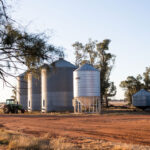Australia's largest coal export port should also become a grain export powerhouse. Thats according to…
Flooding hits east coast grain crops
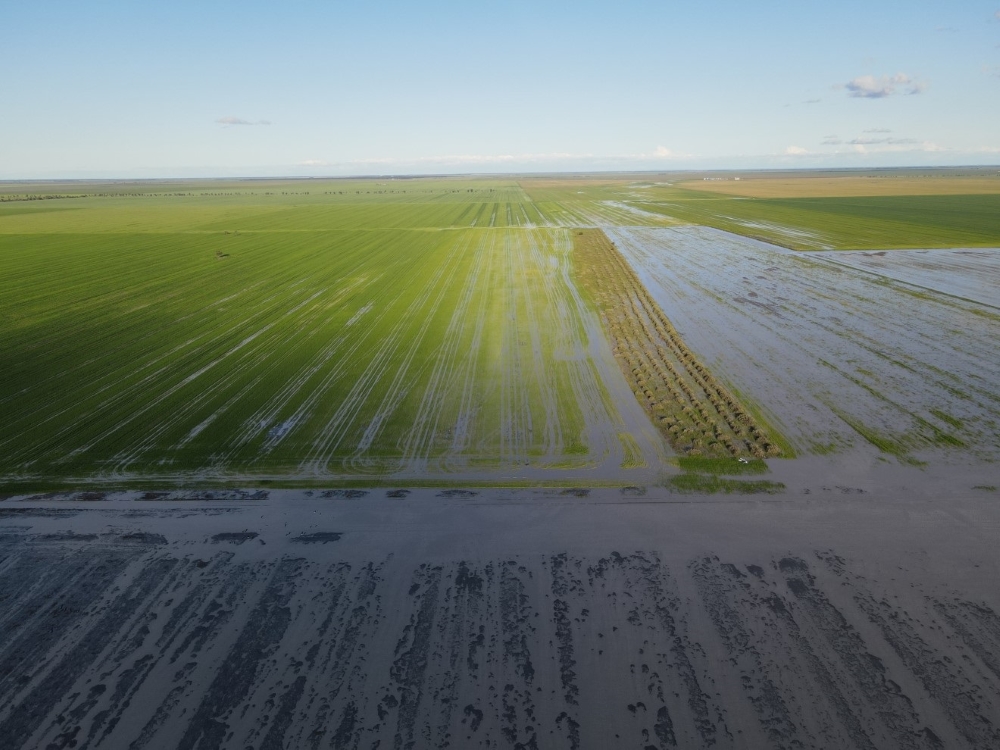
Grain farmers in NSW, Victoria and Queensland are facing lengthy harvest delays, downgraded crops and flooding as La Ni�a continues top up saturated soils.
NSW Farmers Grains Committee Chair, Justin Everitt, said damage to local roads and infrastructure will also present significant logistical challenges in getting harvested grain from farm to delivery sites.
�We need to be proactive with thinking about how we can get on the front foot and find workable solutions to some of these complex challenges now,� Mr Everitt said.
�Given the significant productions costs growers are facing this year, it�s vitally important we work together to find ways of preserving the value of this crop, which is vital to our sustainability.�
NSW Farmers Grains Committee Chair, Justin Everitt
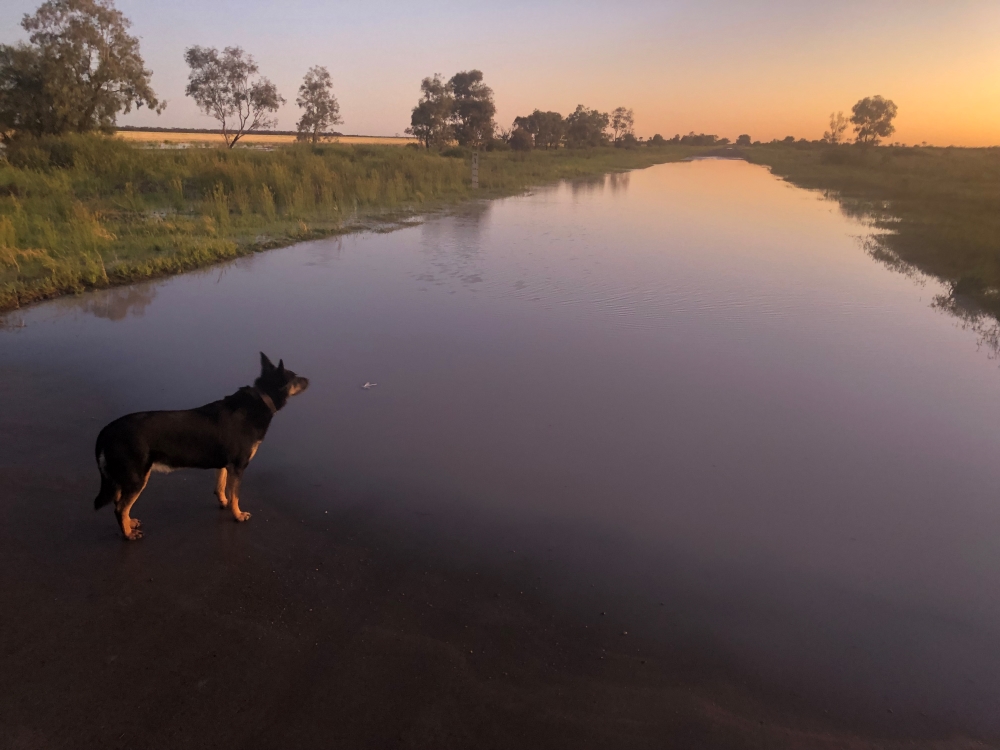
Victorian grain grower and Grain Producers Australia Southern Director, Andrew Weidemann, said this year�s crop was on a knife�s edge and with more rain forecast, the losses will only escalate.
Mr Weidemann said that due to the severe weather conditions, many growers were still unable to get out and inspect their paddocks and assess the impact of serious flooding events in Victoria and NSW.
However, he said there are disastrous impacts already, with many growers expecting significant loss of crop value and yields. He urged state and federal governments to continue working together with industry, to help provide immediate and longer term support with recovery efforts, where needed.
�Many market analysts may still be forecasting a �bumper� return across the nation, but we also need to remember this year is the most expensive crop we�ve ever planted, due to record high input costs such as fuel, fertiliser and chemical,� he said.
�GPA has held a consistent view that we need it to rain, in order to realise an actual crop and manage the high risks, by capturing the high grain prices we�ve seen on offer � especially after Russia�s invasion of the Ukraine earlier this year.
�However, it has continued to rain well past the point where it was needed in many grain producing regions and growers are now set to realise those losses, with downgraded crop quality and crops that are un-harvestable.�
Mr Weidemann also warned about the risks of crop diseases increasing significantly and limiting yield potential.
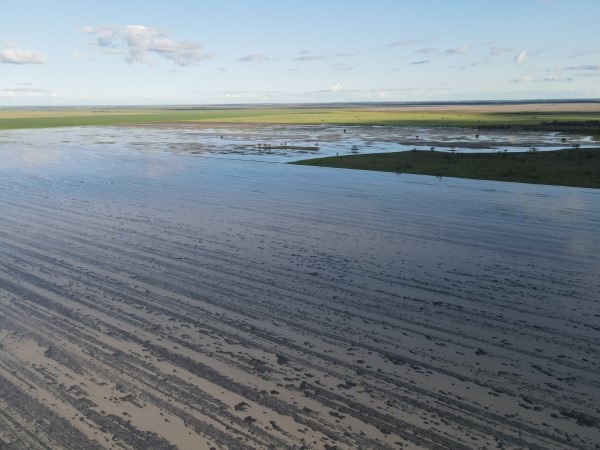
Victorian Farmers� Federation Grains Group President, Ash Fraser, said many growers are still waiting for the heavy rainfall to subside now, in order to assess whether their crops would be downgraded to feed quality, or deemed un-harvestable.
However, he said more rain is also expected which would interrupt the crop�s recovery and further set-back quality and reduce pricing opportunity.
�Our hearts go out to those growers who are managing their way through the worst of these conditions with crops still underwater and the communities and people experiencing emergency circumstances with evacuation orders in place,� he said.
�We acknowledge the efforts of governments and thank them for working with emergency services to help provide relief and support for people and communities in need.�
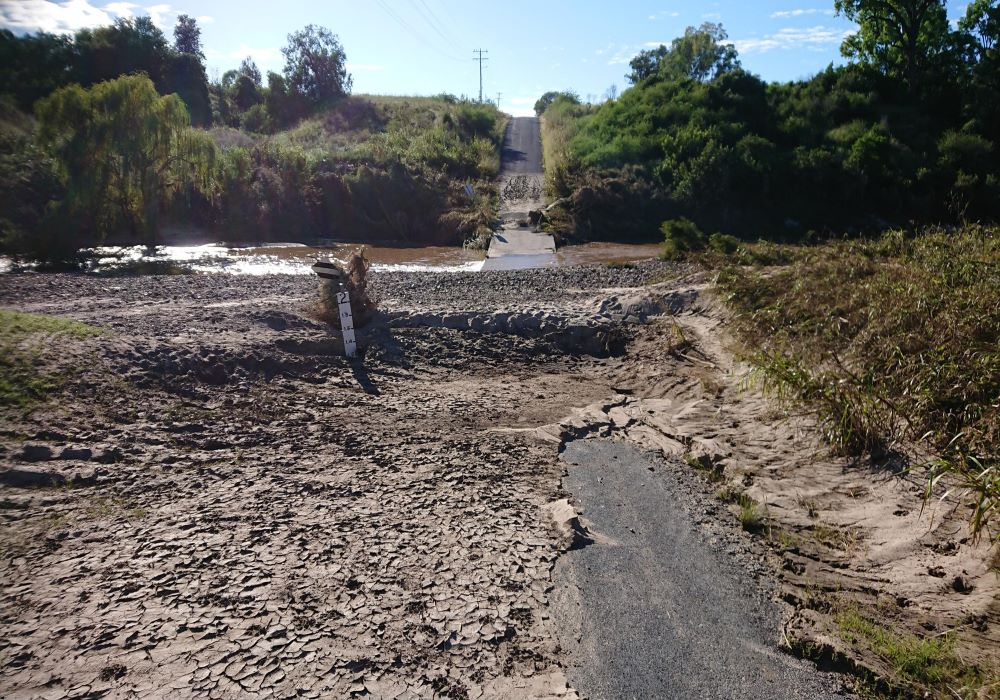
AgForce Grains President, Brendan Taylor, said the timing of this year�s winter harvest had also been delayed due to the ongoing rain and lack of warm weather, with the crop taking longer to mature.
But Mr Taylor said more rain was on the horizon which would cause ongoing disruption for the current harvest, and also impact the planting window for the summer crop.
�There�s a lot of investment on the table and financial risks with this year�s crop and quite understandably grain producers and our communities are extremely anxious about more rain coming and what it means,� he said.
Grain harvest underway in WA and SA
GPA Chair and West Australian grain grower Barry Large said growers in Western Australia and South Australia were not facing the same seasonal challenges, and were looking at record grain crops with harvest underway.
But he said their thoughts were also with their east coast farming cousins and the serious challenges they�re facing harvesting a delivering grain over coming weeks.
�As growers, one thing we can all empathise with no matter where you farm is knowing there�s a decent crop that�s within reach, but Mother Nature is determined to have the final say,�
GPA Chair and West Australian grain grower Barry Large
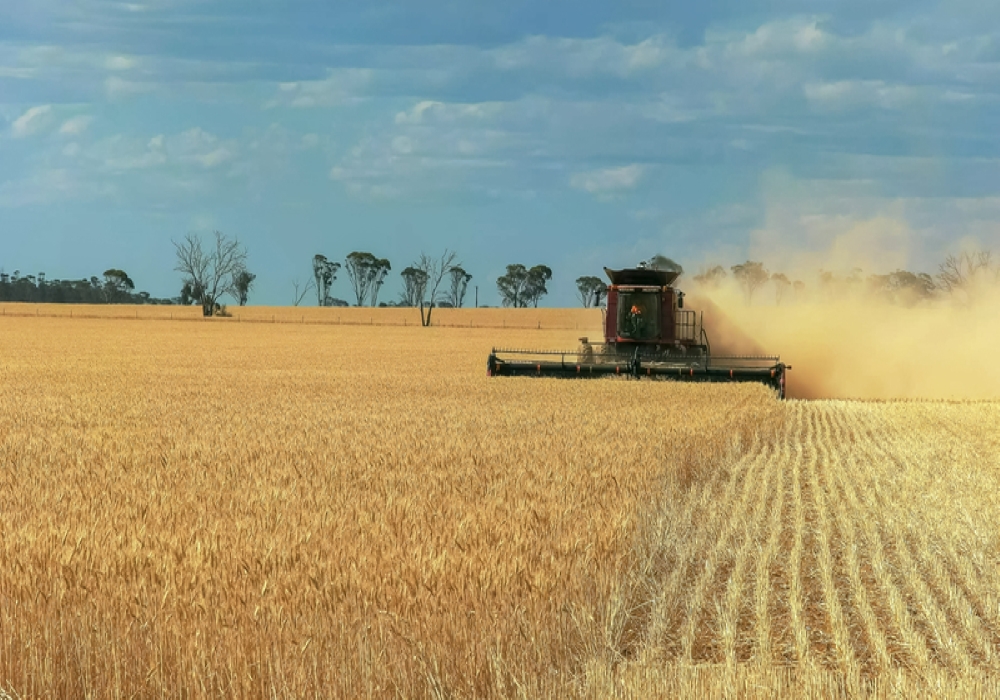
�This year�s crop was always going to be a challenge. With record high inputs making it the most expensive we�ve ever grown, it was vital to be in a position to recover these high production costs with some grain going in the bin and good quality, yields and prices.
�Whilst it�s difficult to quantify the losses now, we know it�ll only increase with every drop of rain.�
�We�ll be writing to Agriculture and Emergency Management Minister, Murray Watt, and other relevant Federal Ministers to make sure they are aware of these issues, and the impact this will also have on our communities and on safety.
�We�ll continue looking out for the best interests of growers and seeking ways we can engage and work together to provide support and solutions where possible.�




